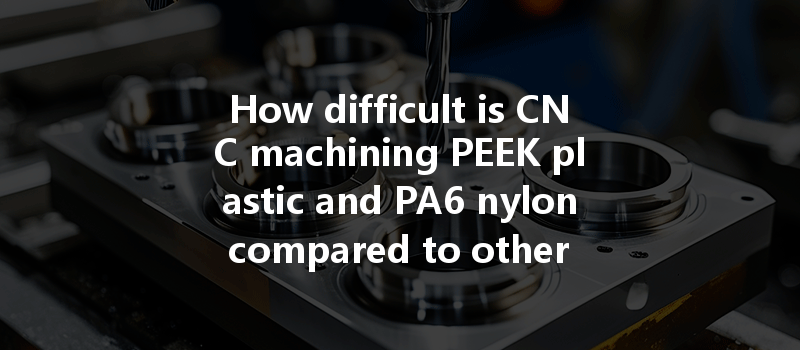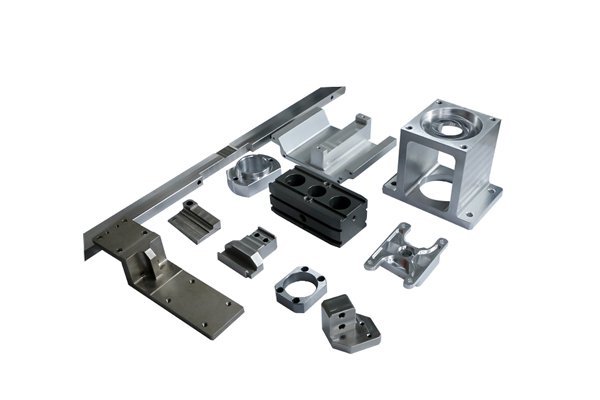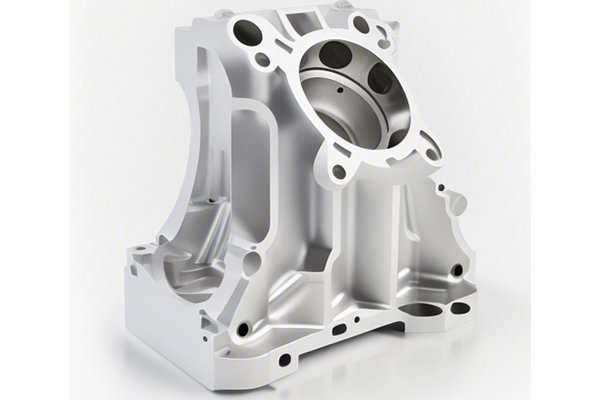Opening: An Eye-Opening Fact
Did you know that PEEK (Polyether Ether Ketone) is one of the few plastic materials that can withstand temperatures exceeding 250 degrees Celsius (482 degrees Fahrenheit) while still maintaining its structural integrity? This exceptional characteristic makes PEEK valuable in industries such as aerospace and medical. However, its machinability presents unique challenges, especially when compared to commonly used materials like PA6 nylon. This blog delves into the complexities of CNC machining PEEK plastic and PA6 nylon, exploring the difficulties, solutions, and fascinating innovations in the field.
Understanding CNC Machining
CNC (Computer Numerical Control) machining is a pivotal manufacturing process in today’s industrial landscape. It involves the use of computerized controls to manipulate machinery for precise cutting, shaping, and forming of materials. CNC machining offers remarkable advantages, including high precision, efficiency, and the ability to produce complex geometries.
However, the success of CNC machining depends heavily on the selected materials. Different materials exhibit varied behaviors under cutting conditions, and both PEEK plastic and PA6 nylon present factors that can complicate their machining processes.
Challenges of Machining PEEK Plastic
Material Properties and Hardness
PEEK plastic boasts a high degree of hardness and tensile strength. However, this inherent toughness poses challenges when it comes to machining. The material has a high glass transition temperature, making it resistant to deformation. Consequently, achieving the required tolerances often necessitates specific tooling and cutting techniques.
Solution: Effective Tool Selection
Heat Generation
PEEK’s high melting point creates challenges related to heat generation during the machining process. The friction between the tool and the material can lead to thermal deformation, affecting the resulting part’s dimensions and surface quality.
Solution: Implementing Cooling Techniques
Chip Formation
When machining PEEK, the removal of chips can be problematic. The material does not break cleanly, which can lead to stringy, long chips that interfere with the machining process.
Solution: Chip Management Strategies
Challenges of Machining PA6 Nylon
Surface Finish and Tendency to Wrinkle
PA6 nylon, a robust and versatile engineering plastic, is known for its excellent wear resistance; however, its nature can lead to challenges. One significant issue is its tendency to produce a rough surface finish and wrinkle during machining operations.
Solution: Enhanced Machining Techniques
Absorption of Moisture
PA6 nylon is hygroscopic in nature, meaning it absorbs moisture from the environment. This characteristic can affect its dimensions and properties, leading to discrepancies in machined parts.

Solution: Preconditioning Parts
Tool Wear
Machining PA6 nylon can lead to rapid tool wear due to the material’s abrasive nature. This characteristic poses efficiency concerns and may result in frequent tool replacements.
Solution: Selecting the Right Tooling
Innovative Technologies in Machining
As industries continue to evolve, so do the technologies involved in CNC machining. When dealing with challenging materials like PEEK and PA6 nylon, innovation plays a central role in developing effective machining strategies.
Additive Manufacturing Integration
With the rise of advanced manufacturing techniques, integrating additive processes, like 3D printing, with CNC machining is becoming more prevalent. This hybrid approach allows for the rapid prototyping of complex parts, enabling manufacturers to leverage the best of both worlds.
Smart CNC Machines
Emerging smart CNC machines utilize artificial intelligence and machine learning to optimize machining processes in real-time. Data analytics monitors machining conditions, providing insights that facilitate predictive maintenance and automatic parameter adjustments. This adaptability ensures maximum efficiency and precision.
Sustainable Machining Practices
Given growing environmental concerns, the development of sustainable machining practices is also key. Companies are now adopting eco-friendly coolants, waste reduction technologies, and energy-efficient machinery to minimize their carbon footprint during manufacturing.
Practical Considerations for Manufacturers
As you embark on CNC machining projects involving PEEK plastic and PA6 nylon, keep the following practical considerations in mind:
Maintain Clear Communication with Tool Suppliers
Choosing the right tooling material requires insight into machining behaviors. Maintain open discussions with tooling suppliers to optimize material selection based on your specific application and requirements.
Invest in Ongoing Training and Education
Continuously educate your machinists about new technologies, materials, and machining techniques. Training enhances skills, increases efficiency, and ensures that your team can navigate the complexities of CNC machining with expertise.
Test and Iterate
Conduct thorough testing on machined samples to evaluate the feasibility of different processes. Iterative prototyping and evaluations will yield valuable insights that can lead to improved results.
: The Importance of Understanding CNC Machining Challenges
Successfully machining PEEK plastic and PA6 nylon involves a nuanced approach to the inherent challenges associated with these materials. From selecting proper tools and optimizing cutting speeds to addressing thermal management and moisture absorption, each aspect plays a vital role.
As manufacturers continue to navigate the complexities of CNC machining, understanding the distinctive challenges presented by various materials is paramount. The advancements in smart technology, sustainable practices, and innovative machining strategies can help enhance efficiency while ensuring superior product quality.
Remember: The importance of this blog lies in its emphasis on problem-solving and adapting to the complexities of CNC machining. By exploring the challenges of PEEK and PA6 nylon machining, you equip yourself with the knowledge necessary to optimize processes, reduce costs, and ultimately enhance your competitive edge in an ever-evolving market.






